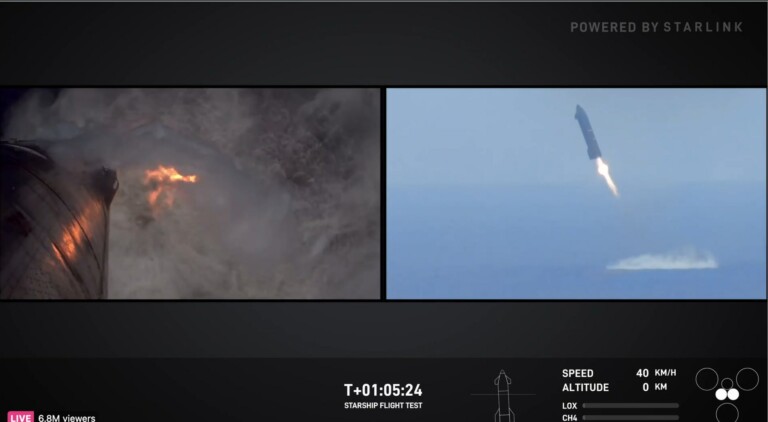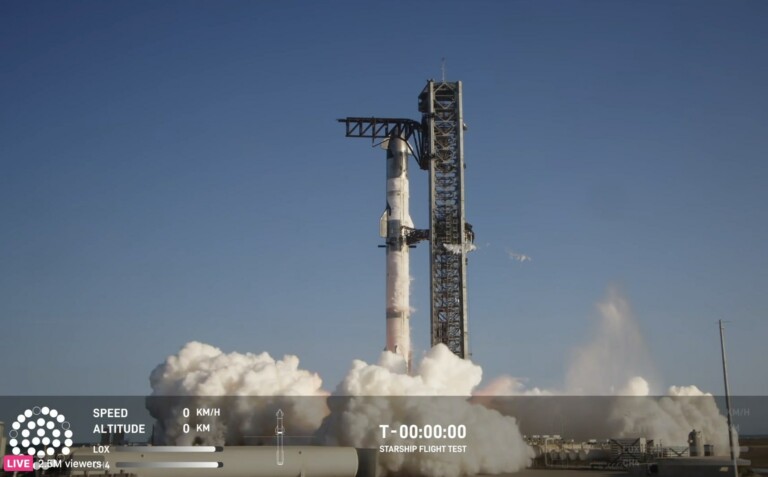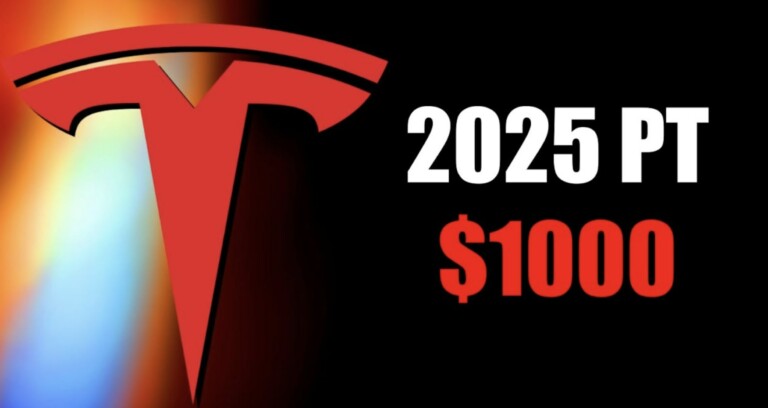Spinning fusion fuel for efficiency and Burn Tritium Ten Times More Efficiently | NextBigFuture.com
Aligning the quantum property known as spin for fusion fuels could make it easier to generate electricity economically.
Above – An artist’s interpretation of spin-aligned atoms during the process of fusion. (Illustration credit: Kyle Palmer / PPPL Communications Department)
A different mix of fuels with enhanced properties could overcome some of the major barriers to making fusion a more practical energy source.
The proposed approach would still use deuterium and tritium, which are generally accepted as the most promising pair of fuels for fusion energy production. However, the quantum properties of the fuel would be adjusted for peak efficiency using an existing process known as spin polarization. In addition to spin polarizing half the fuels, the percentage of deuterium would be increased from the usual amount of roughly 60% or more.
Models created by scientists at the U.S. Department of Energy’s (DOE) Princeton Plasma Physics Laboratory (PPPL) showed the approach allowed tritium to burn more efficiently without sacrificing fusion power. This could dramatically reduce the amount of tritium needed to start up and maintain fusion reactions, leading to more compact and affordable fusion systems.
The approach could burn tritium as much as 10 times more efficiently. The research also underscores PPPL’s role at the forefront of fusion innovation, particularly when it involves a system such as the one studied in Parisi’s research, where gasses are superheated to create a plasma(Link is external) confined by magnetic fields into a shape similar to a cored apple.
Minimizing tritium requirements by maximizing burn efficiency
PPPL principal research physicist and co-author of the paper Ahmed Diallo likens tritium-burn efficiency to the efficiency of a gas stove. “When gas comes out of a stove, you want to burn all the gas,” Diallo said. “In a fusion device, typically, the tritium isn’t fully burned, and it is hard to come by. So, we wanted to improve the tritium-burn efficiency.”
The PPPL team consulted the fusion community and the broader community involved in spin polarization as a part of their work to find ways to enhance tritium-burn efficiency. “Fusion is one of the most multidisciplinary areas of science and engineering. It requires progress on so many fronts, but sometimes there are surprising results when you combine research from different disciplines and put it together,” Parisi said.
A different kind of spin
Quantum spin is very different from the physical spin on a baseball. For example, a good pitcher can throw the ball with one of several different spins. There is a continuum of possibilities. However, there are only a few discrete options for the quantum spin on a particle – for example, up and down.
When two fusion fuel atoms have the same quantum spin, they are more likely to fuse. “By amplifying the fusion cross section, more power can be produced from the same amount of fuel,” said Parisi.
While existing spin-polarization methods don’t align every atom, the gains shown in the PPPL model don’t require 100% spin alignment. In fact, the study demonstrates that modest levels of spin polarization can substantially improve the efficiency of the tritium burn, improving overall efficiency and reducing tritium consumption.
Improving efficiency to reduce tritium requirements
With less tritium required, the overall size of the fusion power plant can be reduced, making it easier to license, situate and construct. Collectively, this should lower the operating costs of the fusion system.
Tritium is also radioactive, and while that radiation is relatively short-lived compared to the spent fuel from nuclear fission reactors, reducing the amount required has safety benefits because it decreases the risk of tritium leakage or contamination.
“The less tritium you have flowing through your system, the less of it will get into the components,” said Parisi. The storage and processing facilities required for the tritium can also be made much smaller and more efficient. This makes things like nuclear licensing easier. “People think that the site boundary size is somewhat proportional to how much tritium you have. So, if you can have a lot less tritium, your plant could be smaller, faster to get approved by regulators and cheaper.”
IAEA Nuclear Fusion – Simultaneous enhancement of tritium burn efficiency and fusion power with low-tritium spin-polarized fuel.
Brian Wang is a Futurist Thought Leader and a popular Science blogger with 1 million readers per month. His blog Nextbigfuture.com is ranked #1 Science News Blog. It covers many disruptive technology and trends including Space, Robotics, Artificial Intelligence, Medicine, Anti-aging Biotechnology, and Nanotechnology.
Known for identifying cutting edge technologies, he is currently a Co-Founder of a startup and fundraiser for high potential early-stage companies. He is the Head of Research for Allocations for deep technology investments and an Angel Investor at Space Angels.
A frequent speaker at corporations, he has been a TEDx speaker, a Singularity University speaker and guest at numerous interviews for radio and podcasts. He is open to public speaking and advising engagements.
Information contained on this page is provided by an independent third-party content provider. This website makes no warranties or representations in connection therewith. If you are affiliated with this page and would like it removed please contact editor @riverton.business






